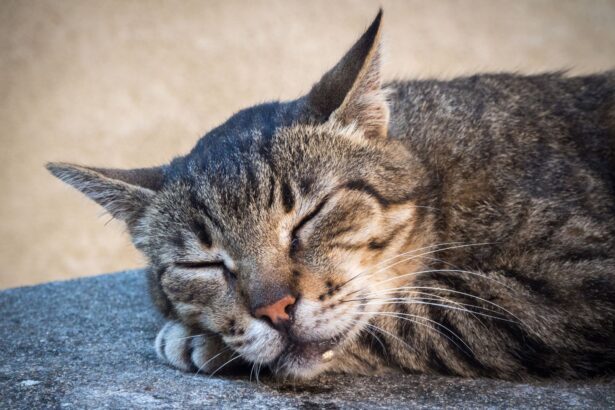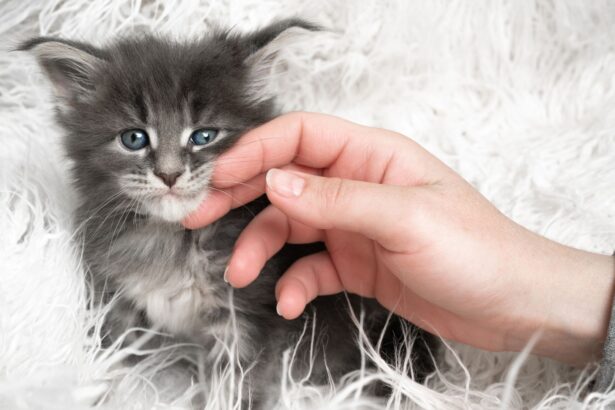Wondering how long your cat will share the couch, the bed and your snacks with you? Understanding feline lifespan helps you make the best choices today for extra purrs tomorrow. From tiny tornado kittens to graceful seniors, here’s how long cats live—and what truly makes the difference.
The basics of a cat’s lifespan
Life stages at a glance
Cats pass through clear stages: kitten, young adult, mature adult and senior. Kittens are curiosity on four paws. Young adults explore everything (including what shouldn’t be explored). Mature adults settle into steady routines, while seniors nap more and need gentler care.
- Kitten (0–6 months): rapid growth, socialization, first vaccines.
- Young adult (6 months–2 years): energy galore, training sticks best now.
- Mature adult (3–10 years): stable habits, watch weight and dental health.
- Senior (10+ years): slower pace, more check-ups, cozy comforts.
How long do cats live?
Most indoor cats live 12–15 years, and many happily reach 16–20 with great care. Outdoor cats often live fewer years due to accidents, disease and predators. The big secret? Preventive care and a safe, enriched environment add years—and quality—to your cat’s life.
Surprising fact: The oldest recorded kitty, Creme Puff, lived to 38. Extraordinary, yes—but it reminds us that good care genuinely counts.
Curious where your cat sits on the age chart? You can calculate your cat’s age in human years to tailor food, play and vet visits more precisely.
What shapes a cat’s life expectancy
Genetics and breed
Genes matter, but they don’t rule everything. Larger breeds like the Maine Coon are robust yet often average 10–13 years. Hairless beauties like the Sphynx may exceed 14. Whatever the pedigree, everyday care still moves the needle the most.
- Ask your vet about breed-specific risks (heart, kidneys, joints).
- Screen early if your cat’s breed is prone to particular issues.
Nutrition and weight
Food is your cat’s first medicine. Prioritize high-quality protein, measured portions and consistent feeding times. Keeping your cat lean reduces the risk of diabetes, arthritis and heart strain.
- Portion by weight and life stage (kitten, adult, senior).
- Limit treats to about 10% of daily calories.
- Weigh monthly to spot stealthy weight gain early.
Need a gentle, step-by-step approach? See our practical feeding tips to balance taste, satiety and health.
Environment and lifestyle
Indoor cats generally live longer thanks to fewer hazards. Still, they need enrichment: climbing, scratching, hunting play and sunny windows make bodies and minds happy. Stress reduction is longevity magic.
- Offer vertical spaces, puzzle feeders and 10–15 minutes of play twice daily.
- Keep litter boxes clean and accessible (one per cat + one extra).
- Use flea, tick and worm prevention year-round if advised by your vet.
Parasites drain health quietly. Protect your feline with the right plan—this worm-prevention guide helps you choose safe, effective options.
Maximizing your cat’s lifespan
Smart daily habits that add years
- Regular vet checks: once a year for healthy adults; every 6 months for seniors or cats with conditions.
- Dental care: home brushing if possible, dental diets or chews, and professional cleanings when needed.
- Hydration: multiple bowls, a fountain, or wet food to support kidneys and urinary health.
- Play and routine: short daily sessions beat occasional marathons for weight, mood and sleep.
Practical tip: Weigh your cat at home with the “carrier trick.” Step on the scale holding the carrier + cat, note the number, then subtract the carrier weight. Track monthly—tiny changes (±200 g) matter.
Common mistakes to avoid
- Free-feeding all day: bottomless bowls often equal creeping weight gain. Measure meals to protect joints, heart and lifespan.
- Skipping parasite prevention: fleas, ticks and worms aren’t just “summer things.” Unprotected cats risk anemia, skin disease and GI issues.
- Ignoring subtle changes: cats hide pain; appetite dips, extra thirst or new hiding behavior warrant a vet call.
Senior comfort upgrades
Gentle changes make golden years shine. Try low-sided litter boxes, nightlights near pathways, and warm, orthopedic beds. Raise food and water bowls to shoulder height for stiff joints.
- Add ramps or stools to reach favorite perches.
- Keep nails trimmed to prevent slips on smooth floors.
- Offer shorter, calmer play to keep minds bright without fatigue.
Worried about longer naps? It’s normal for elders to sleep more, but patterns matter. Here’s a handy look at how long cats sleep and why—use it to spot what’s typical vs. concerning.
Quick reference: what truly adds years
- Healthy weight through measured portions and play.
- Preventive vet care and timely dental cleanings.
- Safe, enriched indoor life with scratching posts, toys and perches.
- Stress reduction via routine, resources and quiet retreats.
Final purr
Your presence, patience and small daily choices are powerful. With the right food, fun and care, your cat can not only live longer—but live better, by your side.
FAQ
What is the average lifespan of an indoor cat?
Most indoor cats live 12–15 years, with many reaching 16–20. Genetics play a role, but weight control, preventive vet care and a safe, enriched home are the real life-extenders.
Do some breeds live longer than others?
Yes, genetics influence risks and typical lifespans. Still, everyday care—nutrition, dental health, parasite prevention and low stress—often outweighs breed differences.
How can I help my cat live longer starting today?
Measure meals, schedule a wellness check, add 10 minutes of play, and ensure parasite prevention is up to date. Small habits, repeated daily, add up to extra healthy years.
When is a cat considered senior?
Many vets consider cats senior around age 10. From then on, check-ups every 6 months help catch changes early so you can act before issues become serious.







